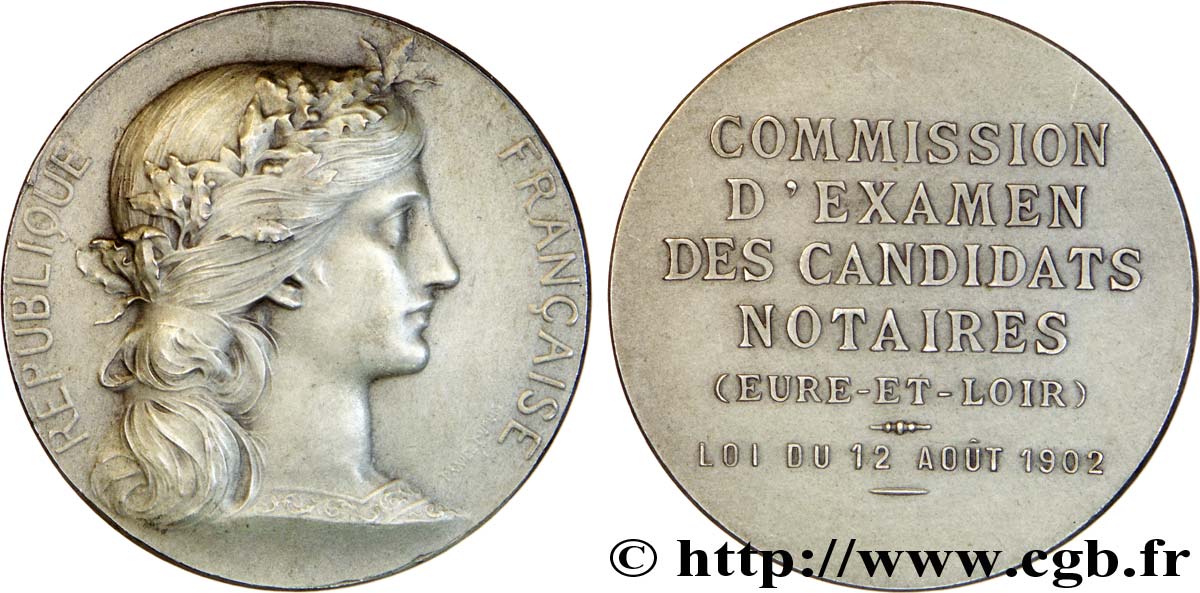E-auction 613-594237 - fjt_010558 - 19TH CENTURY NOTARIES (SOLICITORS AND ATTORNEYS) Corps notarial (Commission d’examen - Eure-et-Loir) n.d.
You must signin and be an approved bidder to bid, LOGIN TO BID. Accounts are subject to approval and the approval process takes place within 48 hours. Do not wait until the day a sale closes to register. Clicking on « bid » constitutes acceptance of the terms of use of cgb.fr private e-auctions.
Bids must be placed in whole Euro amounts only. The sale will start closing at the time stated on the item description; any bids received at the site after the closing time will not be executed. Transmission times may vary and bids could be rejected if you wait until the last second. For further information ckeck the E-auctions F.A.Q.
NO BUYER'S FEE.
NO BUYER'S FEE.
| Estimate : | 280 € |
| Price : | 33 € |
| Maximum bid : | 51 € |
| End of the sale : | 13 January 2025 19:56:00 |
| bidders : | 6 bidders |
Type : Corps notarial (Commission d’examen - Eure-et-Loir)
Date: n.d.
Metal : silver
Diameter : 31 mm
Puncheon : Corne (1880 -)
Catalogue references :
Obverse
Obverse legend : REPUBLIQUE FRANCAISE.
Obverse description : Tête de la République à droite, couronnée de chêne et de laurier, cheveux noués. Signé DANIEL DUPUIS.
Reverse
Reverse legend : COMMISSION D'EXAMEN DES CANDIDATS NOTAIRES (EURE-ET-LOIR) LOI DU 12 AOÛT 1902.
Reverse description : En six lignes.
Commentary
Flan mat. Poinçon Corne 1 Argent. Les lettre du revers sont plus serrées.








 Report a mistake
Report a mistake Print the page
Print the page Share my selection
Share my selection Ask a question
Ask a question Consign / sell
Consign / sell
 Full data
Full data










